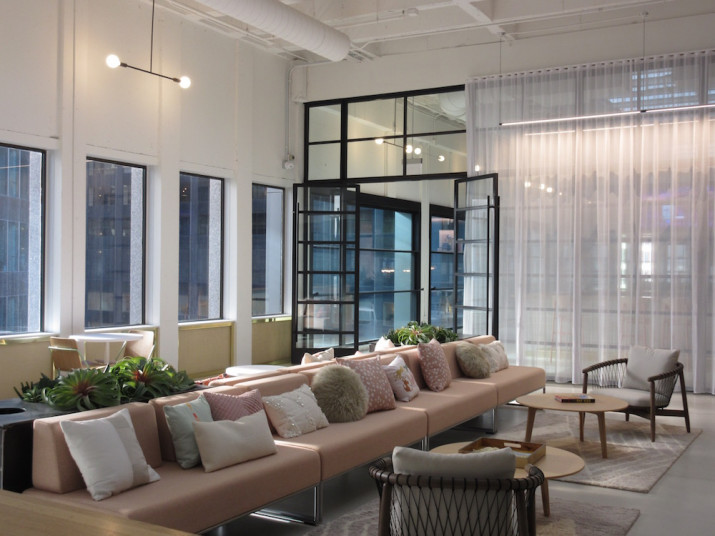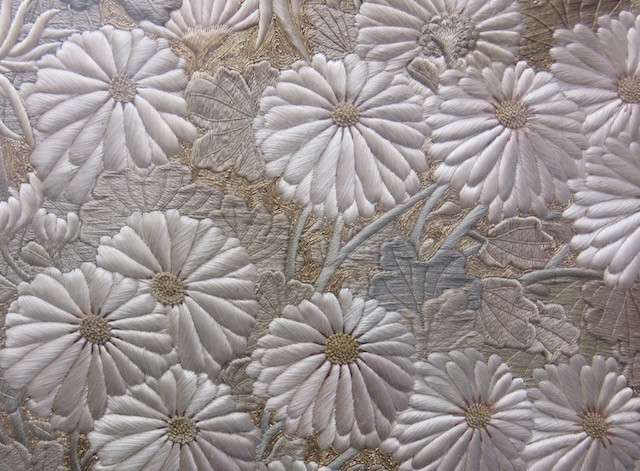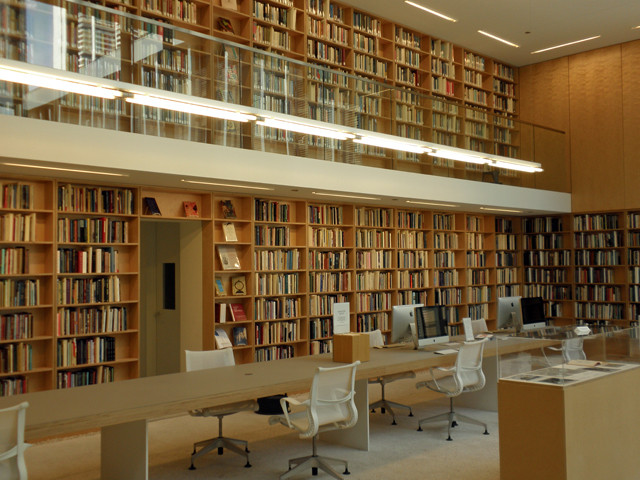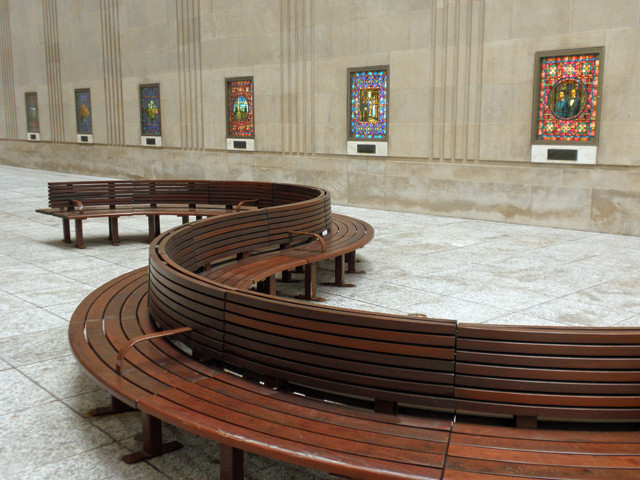This content was previously published for the April 2022 issue.
Research Conversations

It’s great when there’re resources (time, money, and otherwise) to thoroughly deal with all of the sensory issues that might arise in a workplace—but that’s often not the case. Neuroscience research can guide you to highest priority actions.

When we look around we often see patterns—in upholstery, wall coverings, and elsewhere. The effects of visual patterns on how we think and behave have been thoroughly investigated by neuroscientists.

Spaces for learning need to be carefully designed and managed—our brains perform much better in some places that others and our tired heads need opportunities to refresh if they’re going to continue to develop knowledge and skills. Applying what neuroscientists have learned about design-learning connections makes “lessons” more productive and positive experiences more likely.
The temperature of air surrounding us has a dramatic effect on how we experience a space and what we do/think while we’re in it. The highlights of neuroscience research on our “best temperatures,” how design can influence how warm/cold we think a space is, and why ambient temperature matters at all are reviewed here.
Book Reviews
PlaceCoach News Briefs
More insights into neurodiversity
Intriguing links
Awe, beauty evaluated
Significant effects found
Our better space forms
Assessment drivers identified


